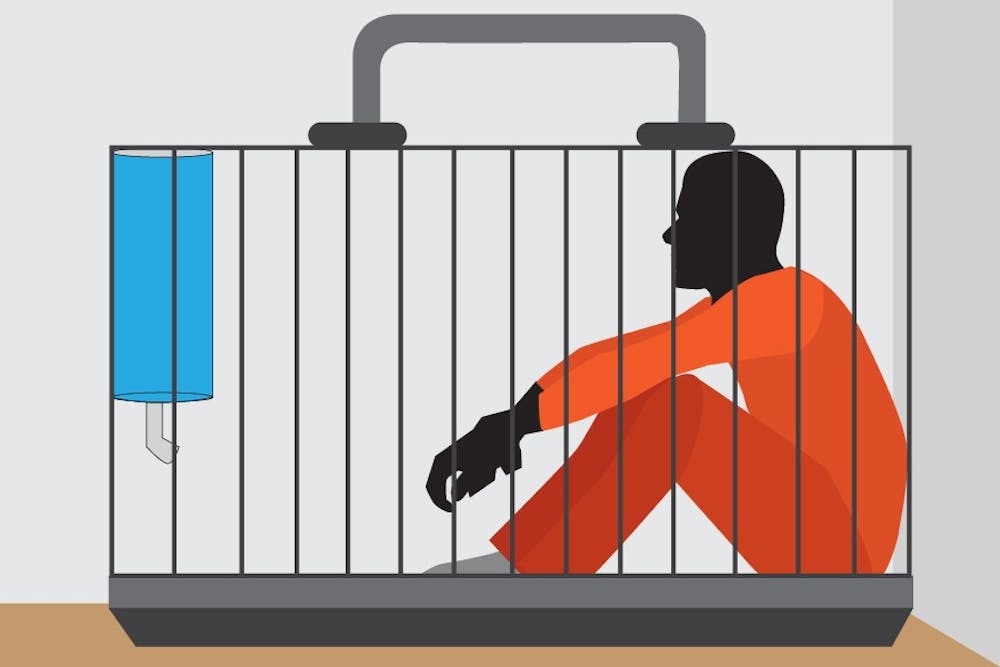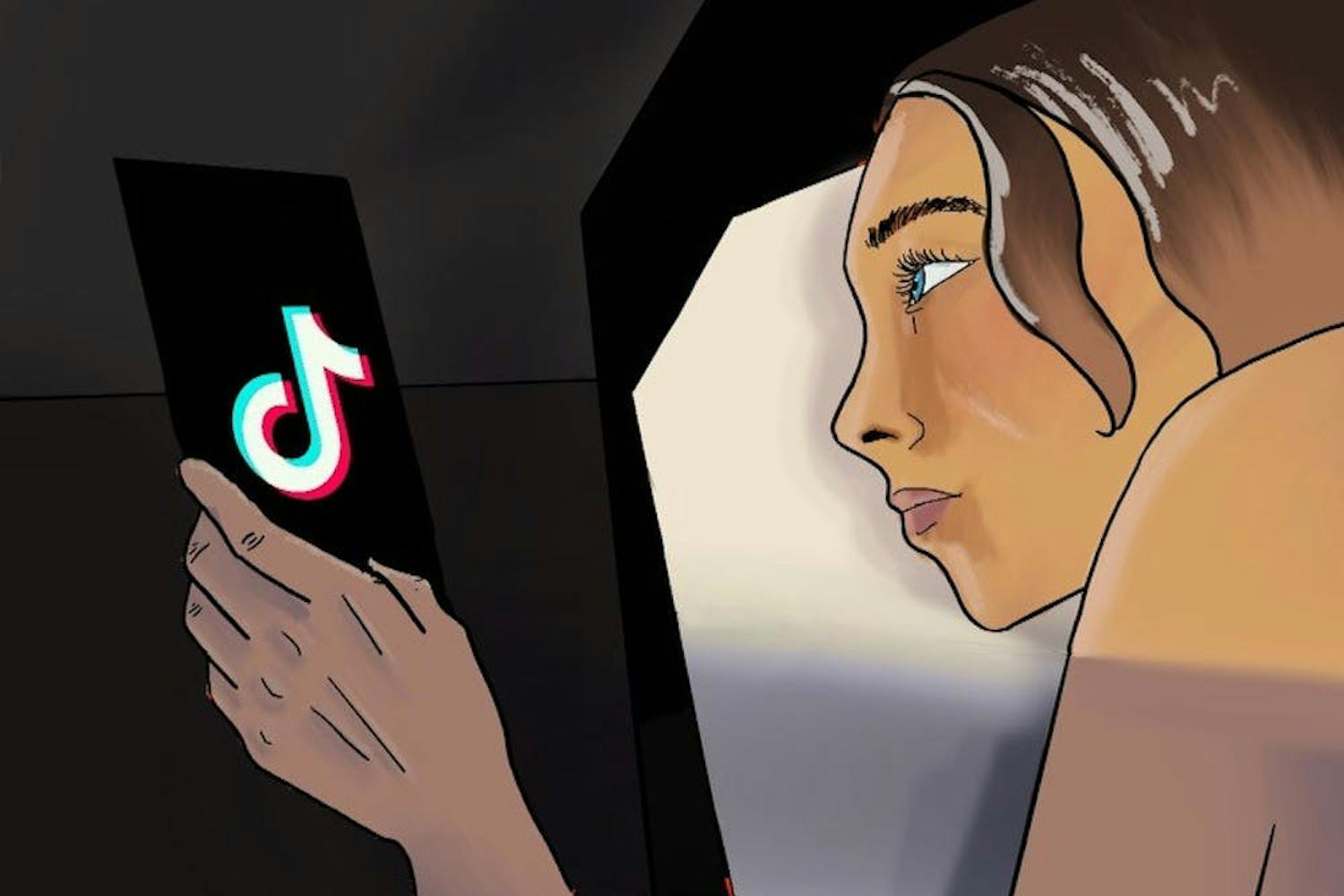Imagine that this week, you were confined to an eight-foot by 10-foot room. There are no windows, and your only contact with the world comes in the form of a small slot in the door through which you receive your food. You are in this room, alone, for at least 23 hours a day. When you are lucky, you are released for one hour to exercise. When you are not lucky, there isn’t anyone available to let you out at all.
Now imagine that you are in this room for not one week, but for many months. Imagine those months slowly piling up into years.
Then imagine that one day, you were released from this isolated room and asked to reintegrate into your community – would you be able do it?
More than likely, you would not. The psychological effects of long-term social and physical isolation of this sort make reintegration into society extremely difficult. Yet every day across America, our criminal justice system is forcing inmates into the very situation described above.
Solitary confinement, also referred to as segregation or restrictive housing, can be used to punish inmates for violating prison rules or to remove them from the general population, either for their safety or for the safety of others.
It is difficult to determine exactly how frequently our criminal justice system employs solitary confinement. However, the Bureau of Justice Statistics estimates that of all federal and state prisoners, nearly 20 percent have spent time in restrictive housing. Further, there is evidence that the use of solitary confinement between 1995 and 2005 increased by up to 42 percent.
The implications of the widespread use of solitary confinement are massive. Solitary confinement has been linked to serious mental health issues, including paranoia, hallucinations, hypersensitivity and anxiety. Solitary confinement also increases suicide attempts and self-harm.
“If inmates aren’t suffering from any mental illness when they go into solitary confinement, if they stay for any sustained period of time, chances are pretty good that they’re going to develop mental health issues by the time they get out,” said Cornelia Wells, Ph.D and director of Prison Education Programming at ASU.
Beyond its effects on mental health, solitary confinement may destroy social skills that are critical for an inmate to successfully reintegrate, whether they are reintegrating back into the general prison population or into society at large.
“Solitary confinement is antisocial and it fosters antisocial behaviors,” Wells said.
The majority of the incarcerated population will be eventually released back into our communities. Thus, our criminal justice system should focus on reforming behaviors and developing skills in order to ensure former inmates can become productive and law-abiding citizens after their release.
Solitary confinement runs contrary to reformatory goals, creating a significant dilemma. It is unreasonable to expect inmates to seamlessly re-enter society when we’ve effectively destroyed social skills by restricting human interaction.
We need to reduce our widespread reliance on solitary confinement and focus on alternative measures that promote safety while protecting human dignity. For example, specialized units can protect vulnerable inmates or address behavioral issues while still providing human connection. Ensuring access to mental health resources is of the utmost importance. To restrict abuse, oversight of restrictive housing is also crucial.
We have the power to demand justice within our criminal justice system. Rather than isolate, let’s reform and rehabilitate.
If you’re interested in getting involved to reform solitary confinement practices, visit www.aclu.org/feature/we-can-stop-solitary.
Reach the columnist at maarmst7@asu.edu or follow @MiaAArmstrong on Twitter.
Editor’s note: The opinions presented in this column are the author’s and do not imply any endorsement from The State Press or its editors.
Want to join the conversation? Send an email to opiniondesk.statepress@gmail.com. Keep letters under 300 words and be sure to include your university affiliation. Anonymity will not be granted.
Like The State Press on Facebook and follow @statepress on Twitter.




